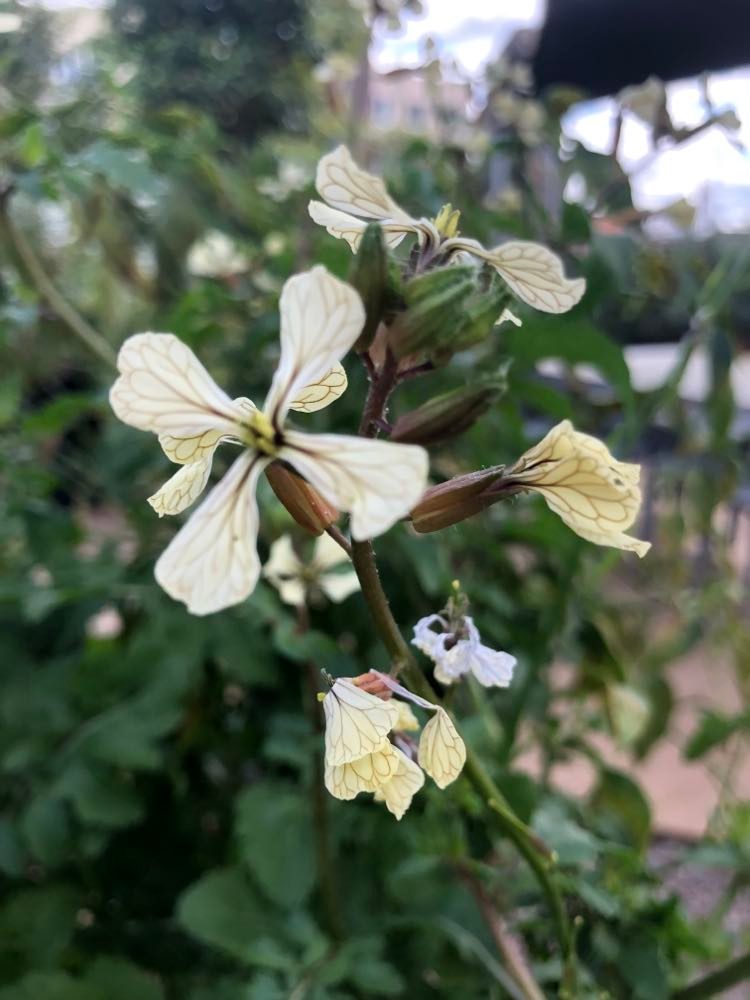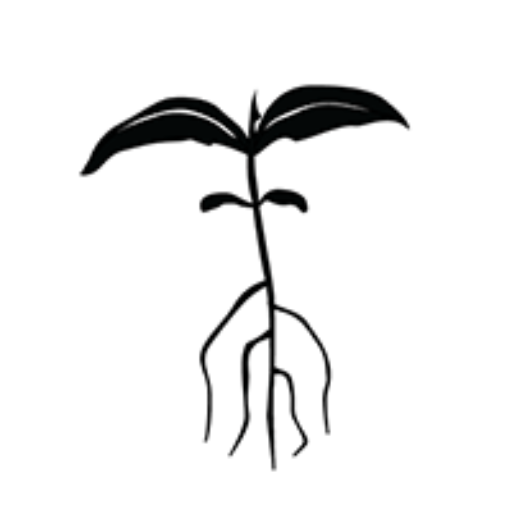Botanical name : Eruca sativa
Common name : Garden Rocket, Arugula, Large Leaf Rocket
Easy for seed saving
Lifecycle: Annual
Pollination: Insect pollinated
Mating system: Flowers are not self-fertile so multiple plants are needed
Suggested spacing: 25cm to allow plants space to fully mature
Seed specific requirements: Plants should be grown to a good size before heat triggers bolting
Isolation distance: 250m if maintaining a named strain otherwise none required
Population size: 20 or more
Seed maturity: Pods turn brown and should be harvested before shattering in the garden
Processing method: Dry threshing and winnowing
Expected seed viability: 2 to 6 years
Images

Growing for seed
Rocket is sometimes confused with the perennial Wild Rocket, Diplotaxis tenuifolia. These two species do not cross and can both be grown for seed at the same time. They are easily distinguished by both leaf form and flower colour. The annual Rocket, Eruca sativa, has larger, broader leaves and white flowers. The perennial Wild Rocket, Diplotaxis tenuifolia, has yellow flowers and much more finely cut leaves.
To get good sized seed that will produce vigorous plants it is desirable that the parent plants reach a good size before flowering. This is more easily done when they are grown in cooler conditions to get larger plants before they bolt to seed. Preferably do not harvest leaves for eating from plants intended for seed saving so that the plants are as strong as possible.
Hot weather typically initiates flowering. As does dense spacing and competition. To get good sized plants for seed production thin to a minimum of 25cm between plants.
As rocket plants are not self-fertile multiple plants are required to flower at the same time. To ensure good genetic strength seed growers should aim for 20 or more plants in their seed crop.
Selection
As there are few named strains of this crop selection is usually just on the vigour of the parent plants.
Harvest
Pods will mature at the bottom of the flowering stems first. Pods will turn brown when they mature. Unfortunately pods shatter easily when they mature. The best seed will be in the first matured pods. The most convenient way to harvest larger amounts of seed is to cut the flowering stem as soon as there are mature pods on the stem. Any sign of pods splitting should definitely trigger harvesting before the best seed is lost.
Processing
Harvested stems can be dried on a tarp or in a harvesting bag. The pods will likely split while drying. Walking on the stems or knocking them will easily shatter ripe pods. Pods that do not shatter easily are unlikely to contain mature seed.
Sieving and winnowing are used to remove husks and unwanted plant material to leave clean seeds.
Contributors
Liz Worth
